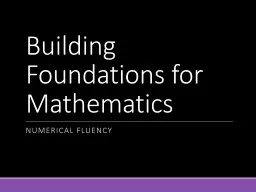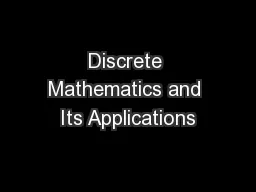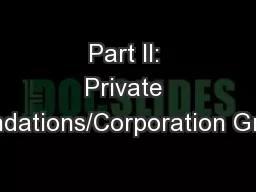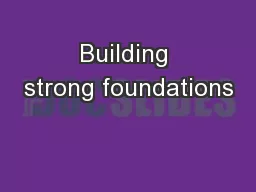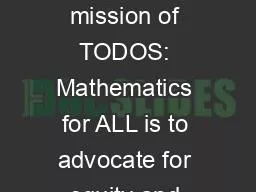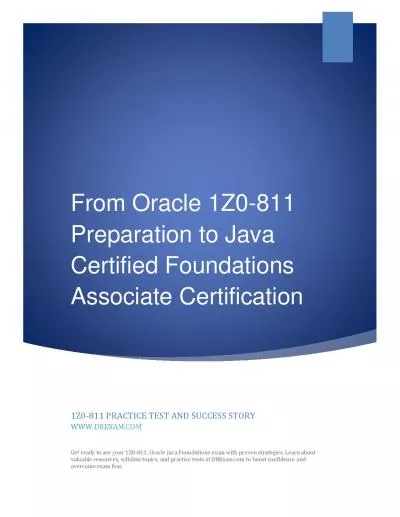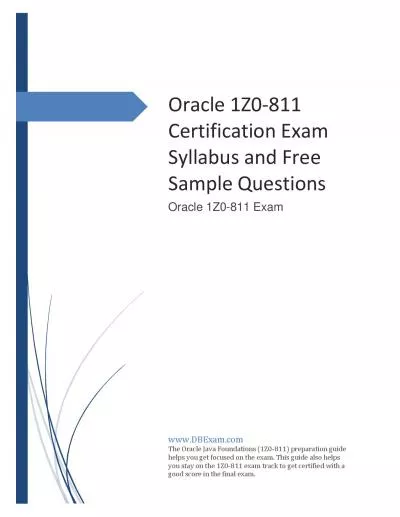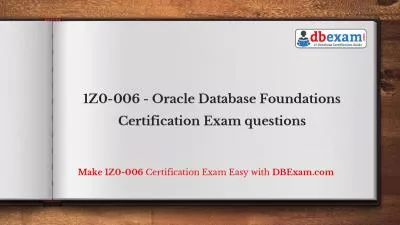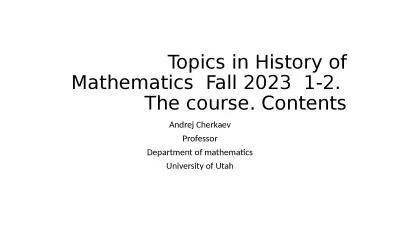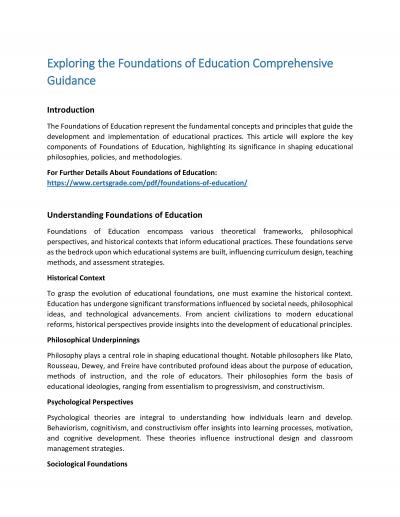PPT-Building Foundations for Mathematics
Author : sherrill-nordquist | Published Date : 2019-12-07
Building Foundations for Mathematics Numerical Fluency Counting Collections Count the items at your table and complete the recording sheet Trios Create a trio where
Presentation Embed Code
Download Presentation
Download Presentation The PPT/PDF document "Building Foundations for Mathematics" is the property of its rightful owner. Permission is granted to download and print the materials on this website for personal, non-commercial use only, and to display it on your personal computer provided you do not modify the materials and that you retain all copyright notices contained in the materials. By downloading content from our website, you accept the terms of this agreement.
Building Foundations for Mathematics: Transcript
Download Rules Of Document
"Building Foundations for Mathematics"The content belongs to its owner. You may download and print it for personal use, without modification, and keep all copyright notices. By downloading, you agree to these terms.
Related Documents

